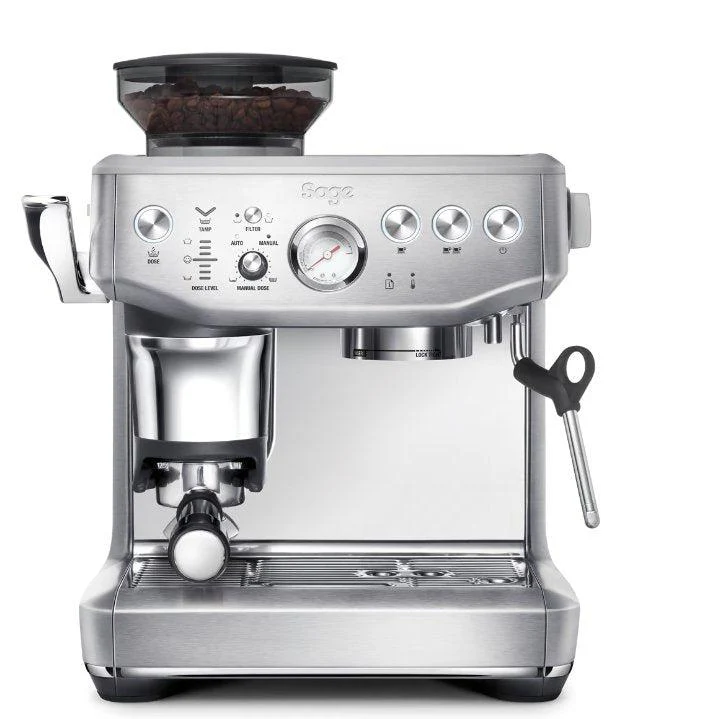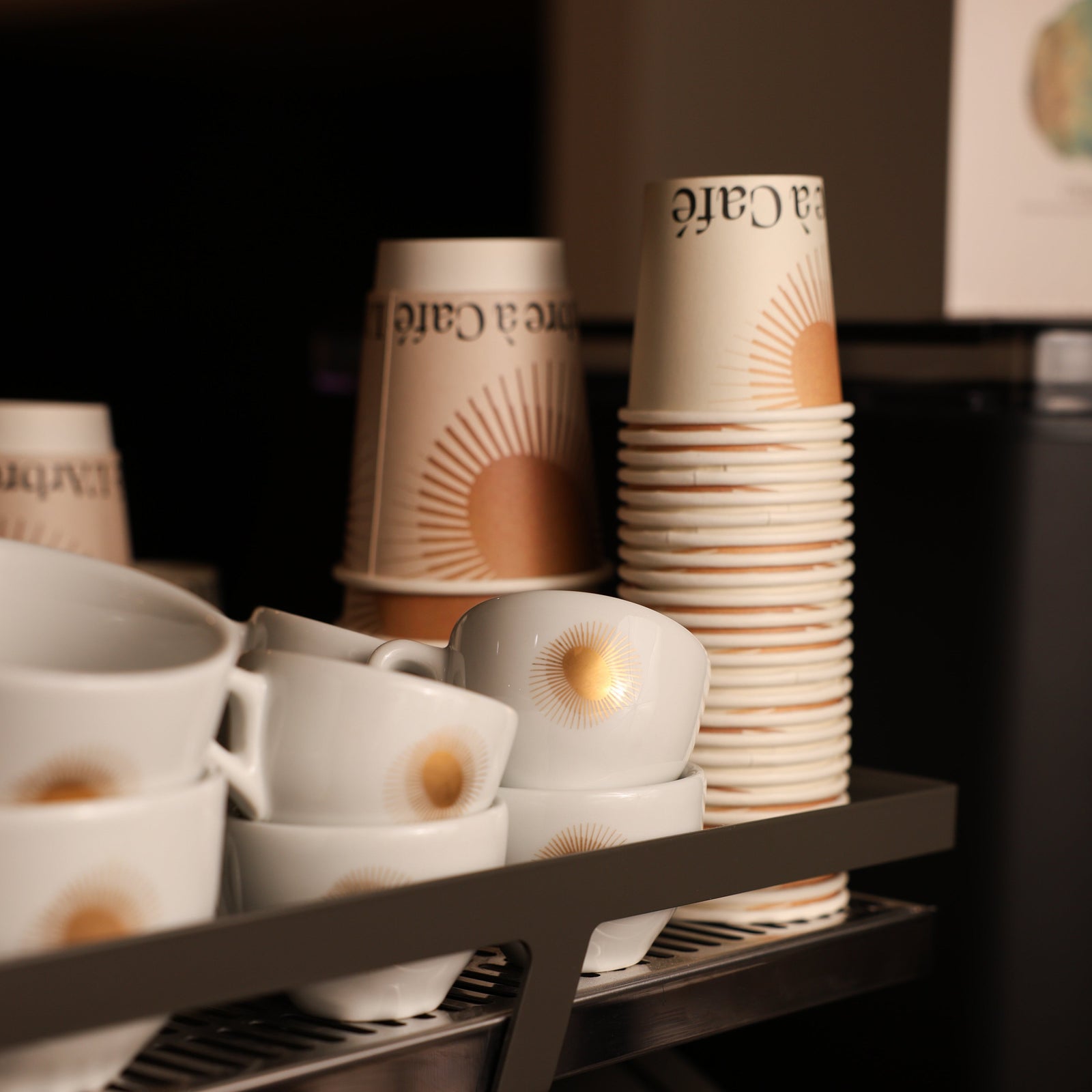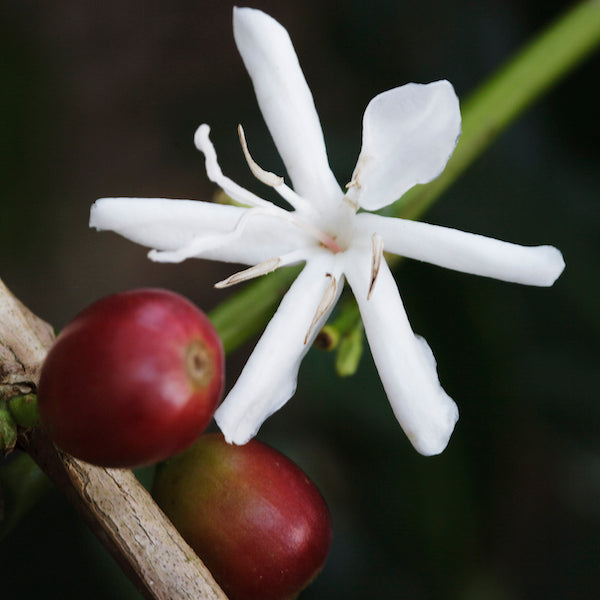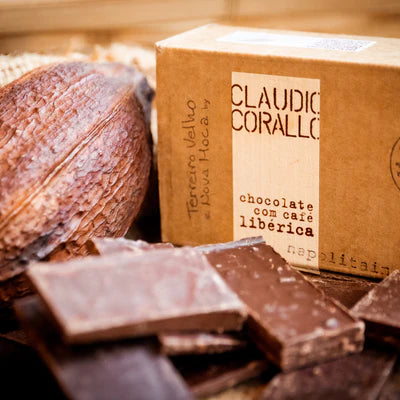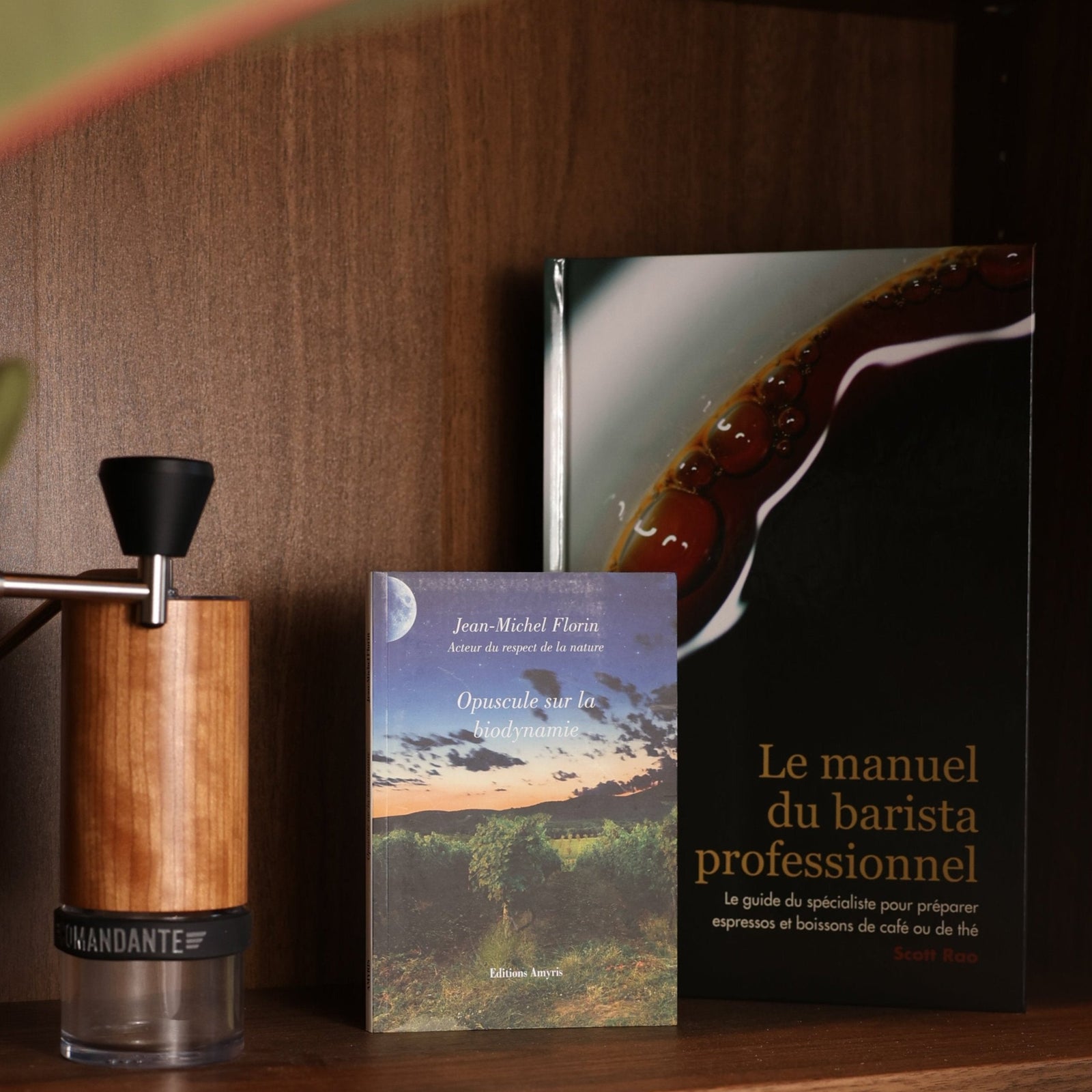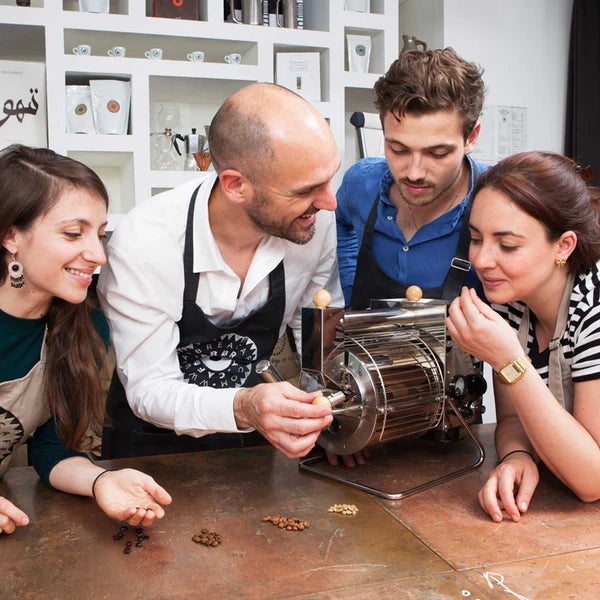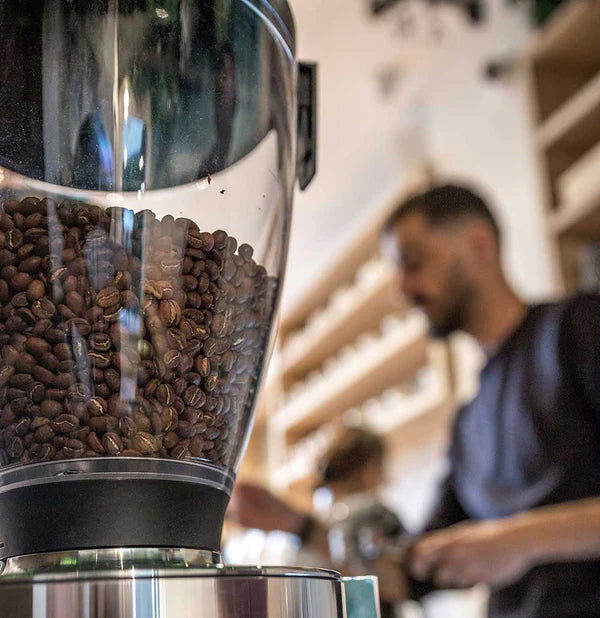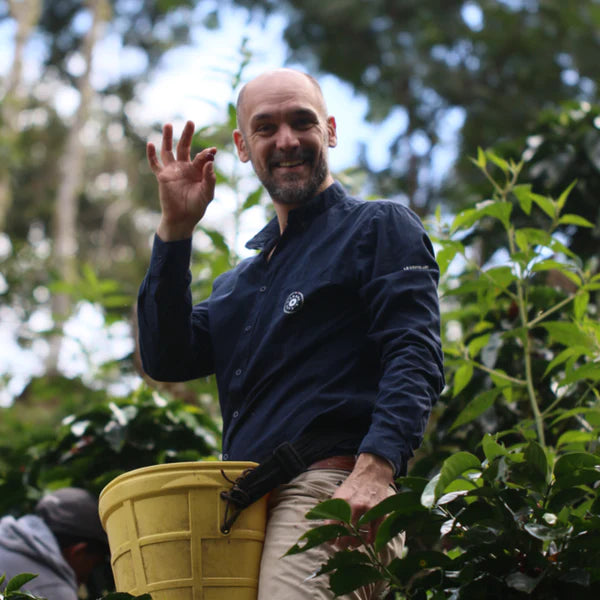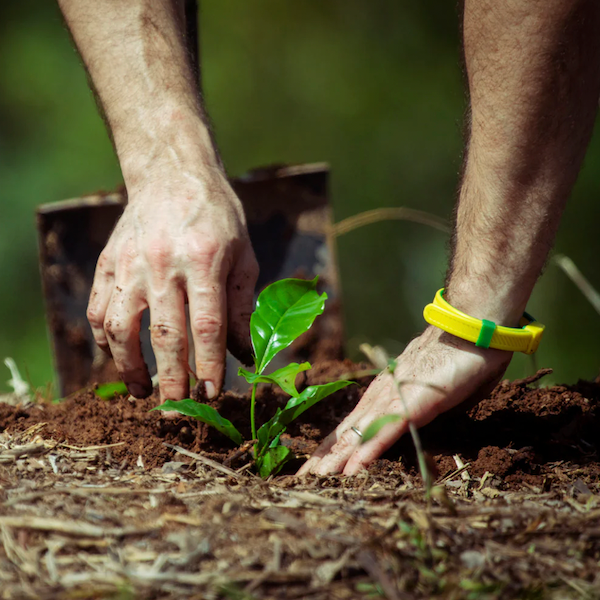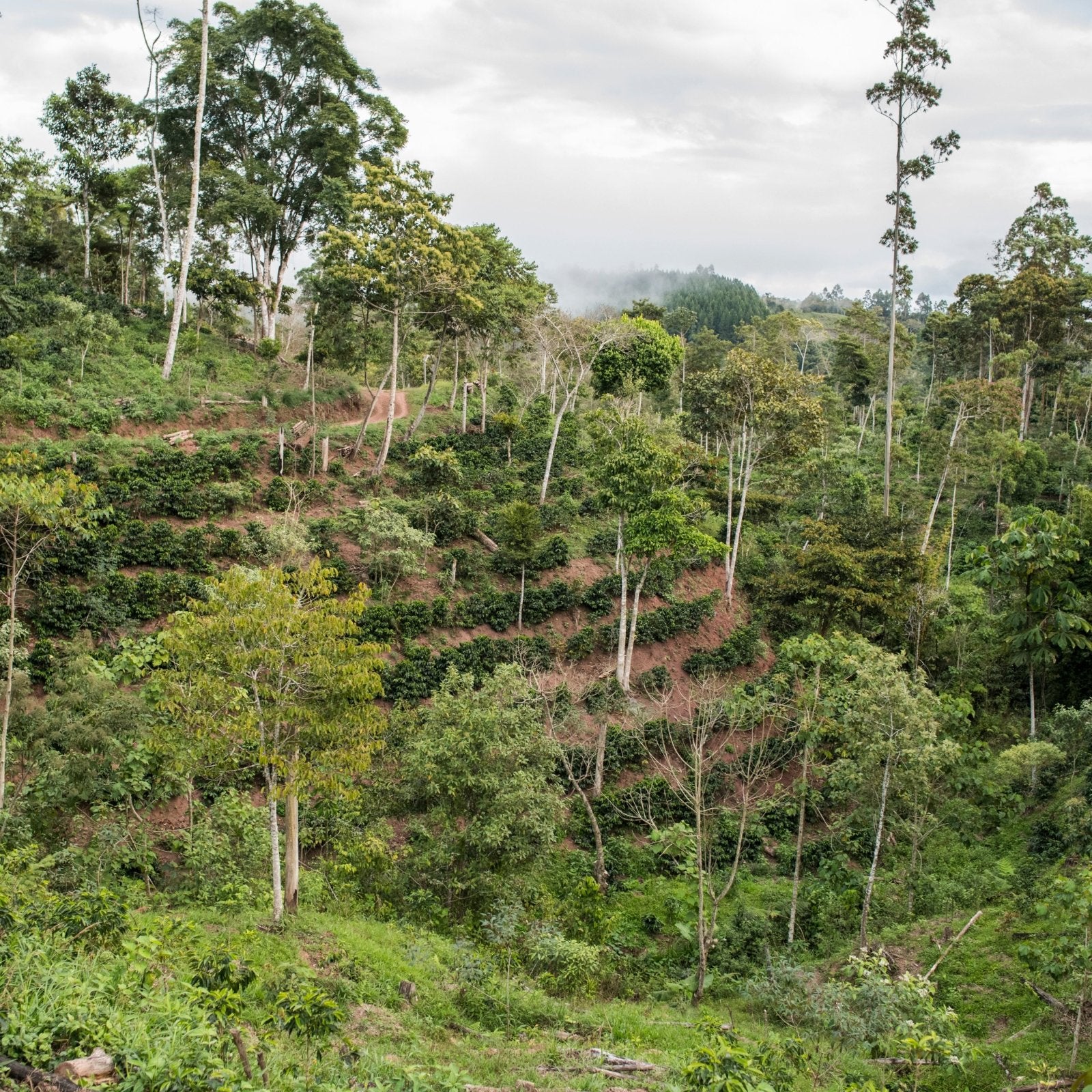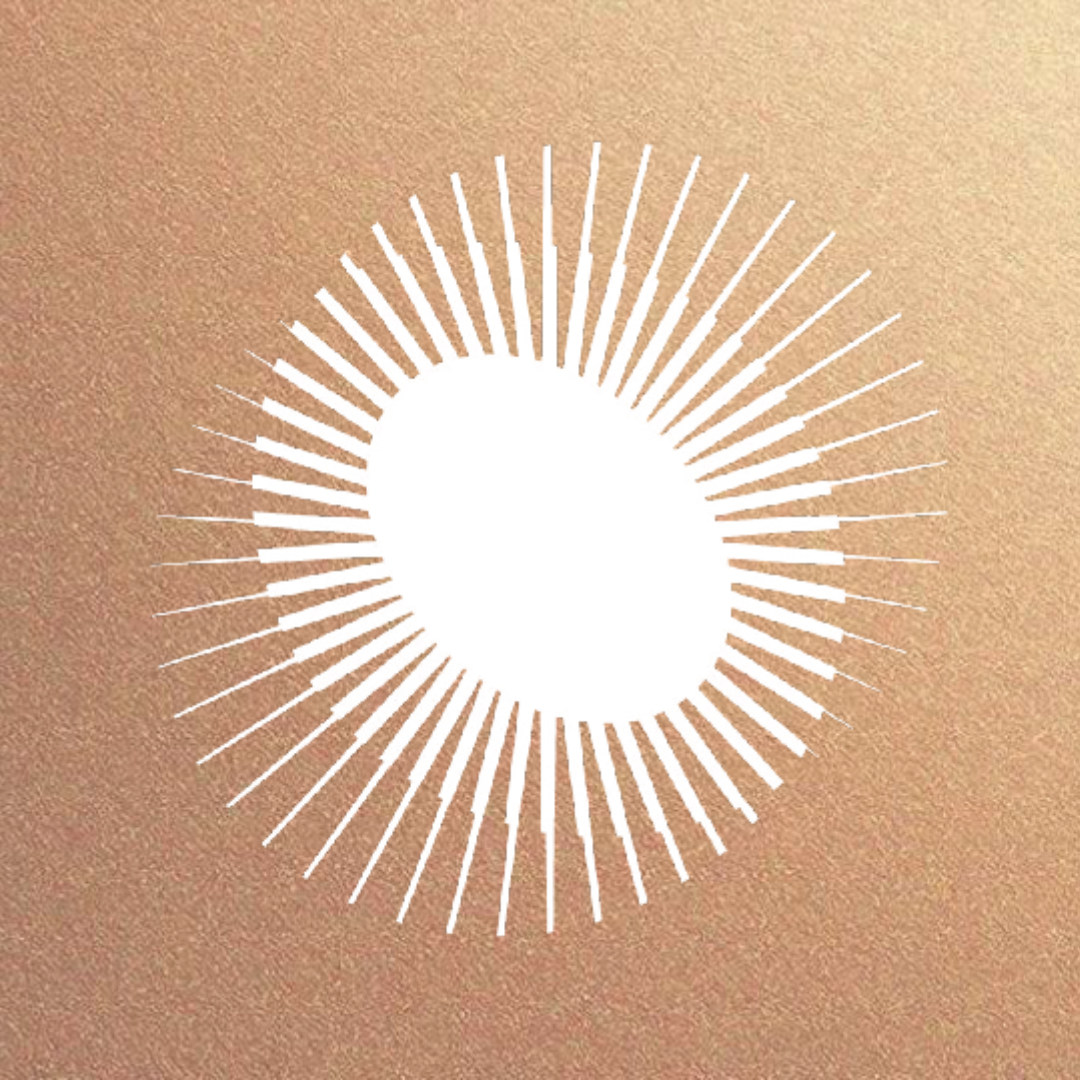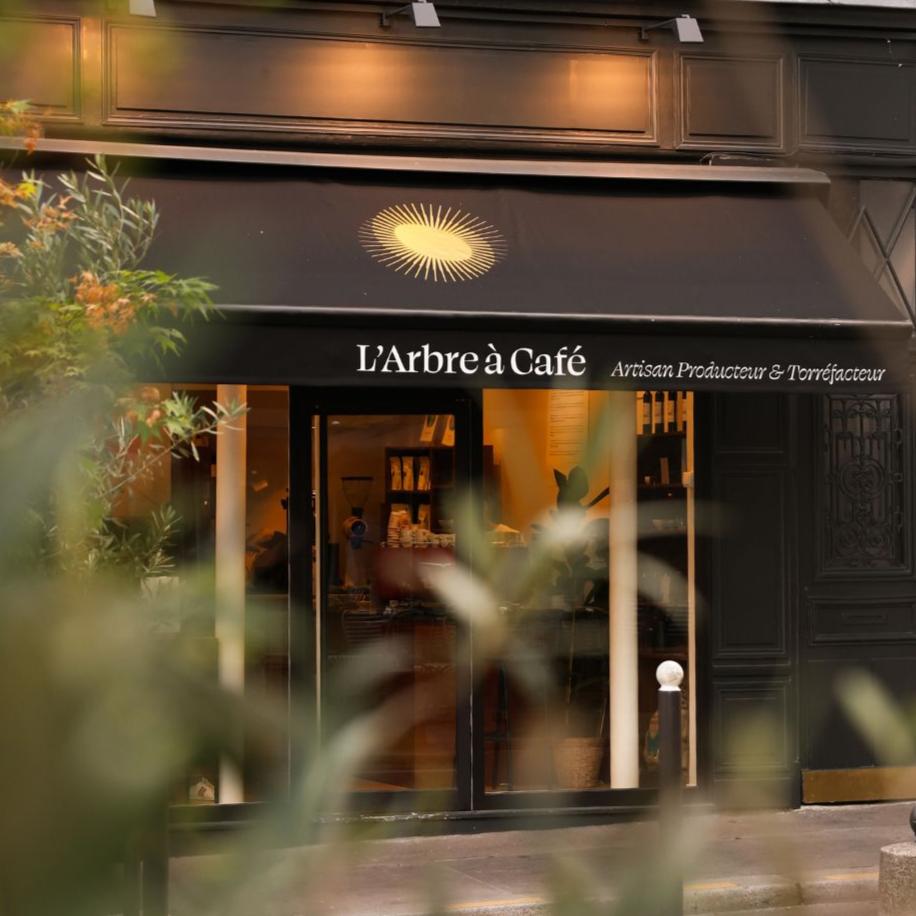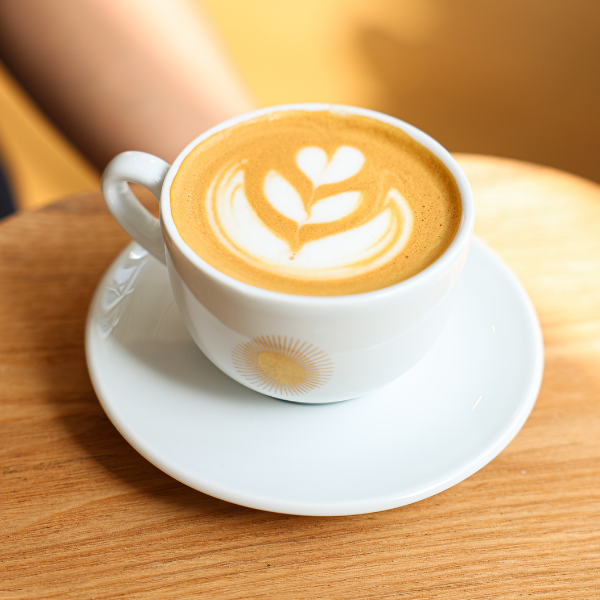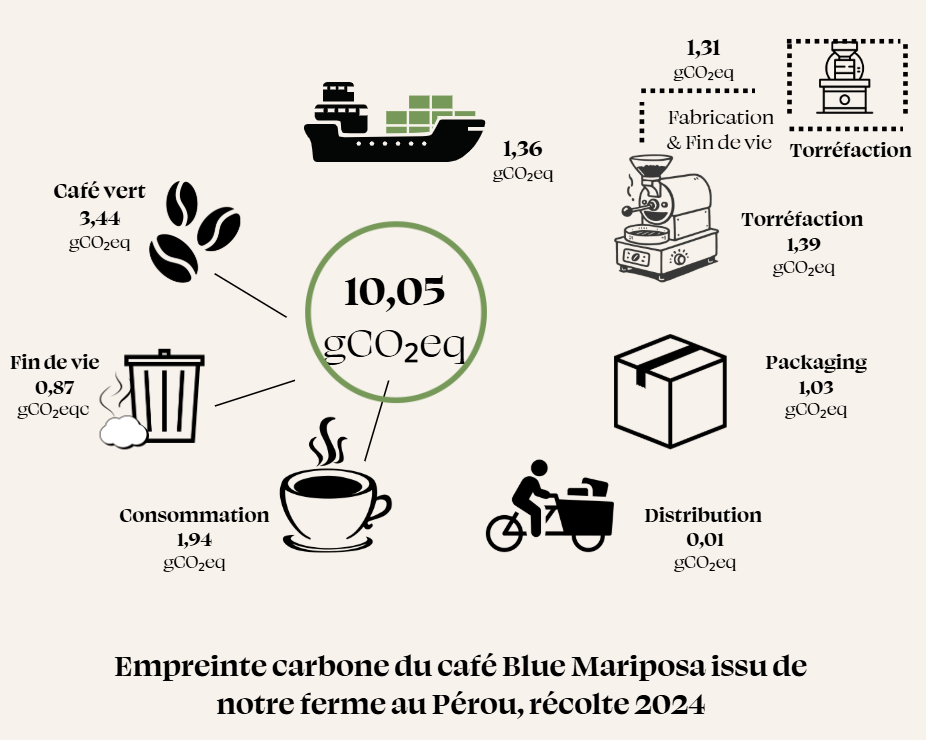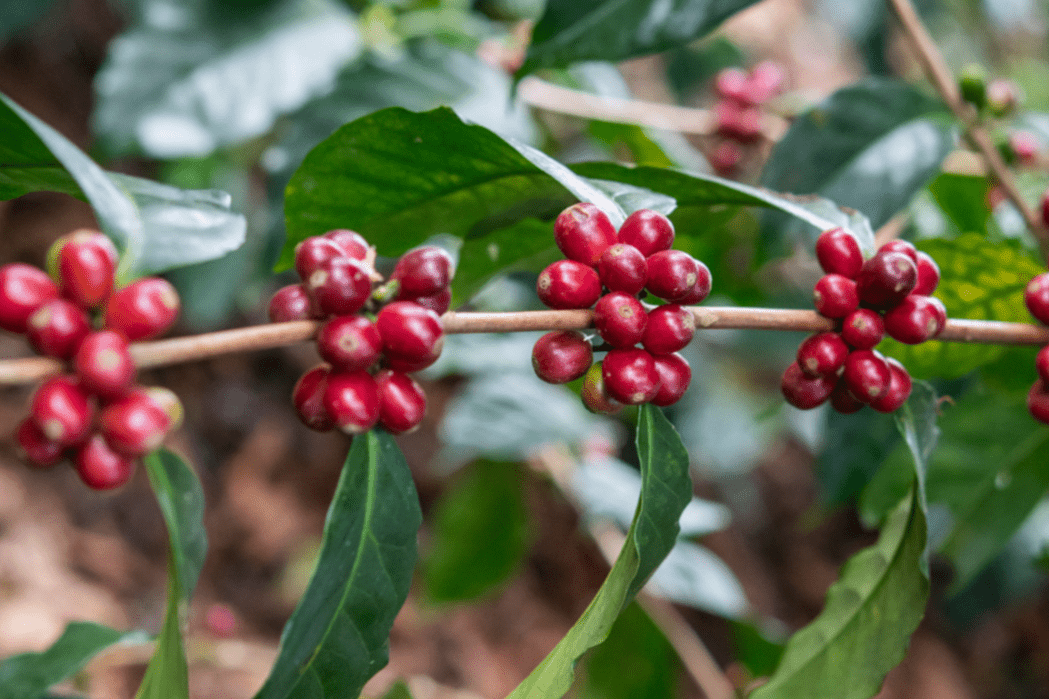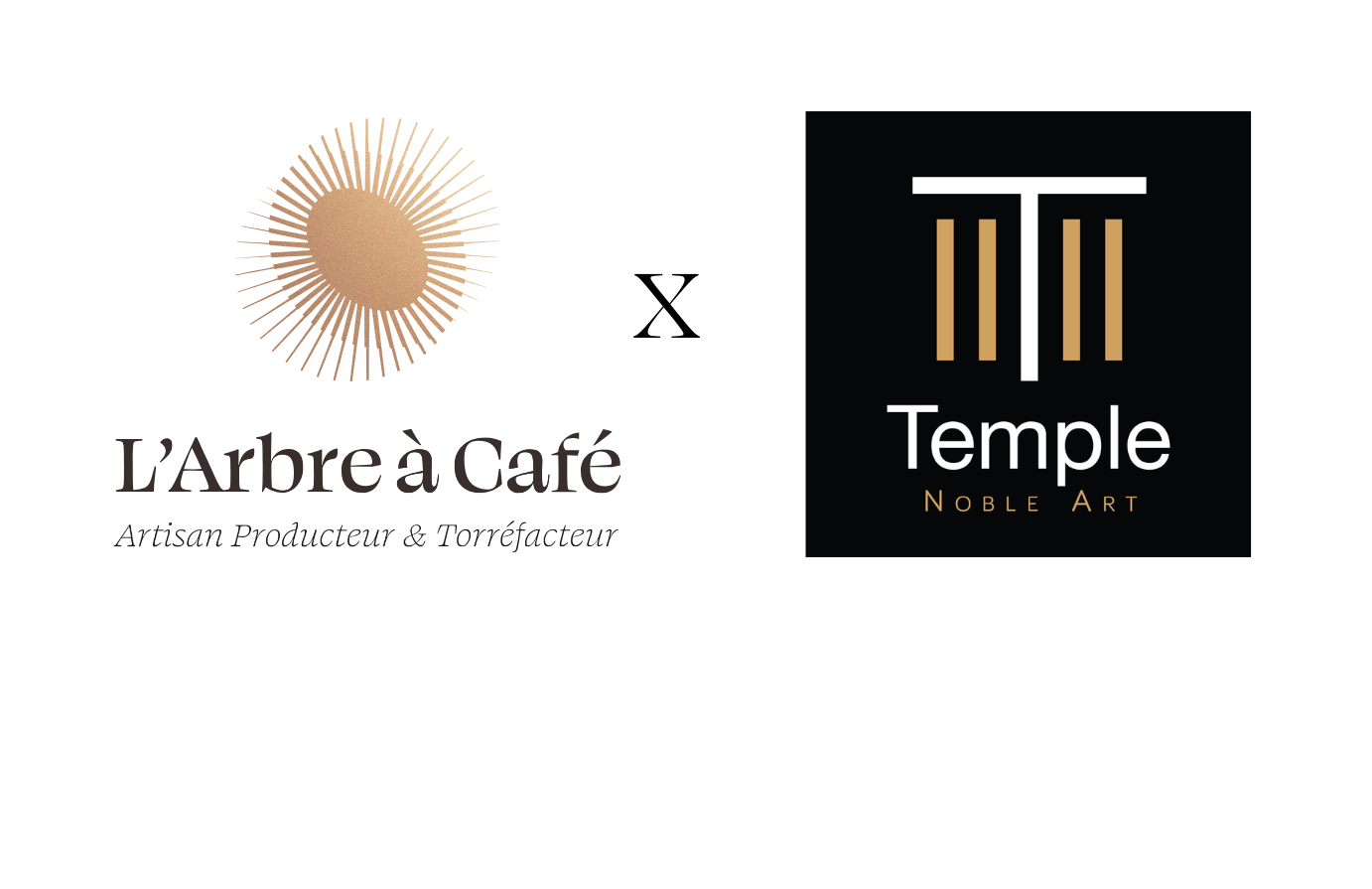A few years ago, the NGOWaterFootPrint had thrown a real paving stone in the coffee pond!Each cup of coffee would require 140 liters of water.... Each kg of coffee produces more than 18,000 liters of water...Since that day, with each coffee bean purchased, activists around the world see the amount of water used to satisfy their daily ritual ....
What is it really and how can we reduce this footprint as much as possible.
First of all, by putting these evaluations in context. It takes no less than 150 liters for an apple to grow, no less than 1000 liters to produce a liter of orange juice, 2000 for a T-shirt, 8000 for a pair of jeans, and 15400 to produce 1 kg of beef.... These figures make you dizzy, especially when you compare them to the consumption of 4900 liters per year per French person.
Then, by looking at where the water used comes from and how it is used. In the case of coffee, it is 97% rainwater that is involved. It is a fact that coffee trees flourish in humid tropical countries where rainfall is abundant or very abundant. This is not the case for cotton, corn, or cattle...
However, the question remains essential and has agitated the coffee world throughout the value chain and mainly in the producing countries.
Indeed, coffee, once out of the beneficio, that is to say become green, is little water consumer.Some roasters still use water but their number tends to be reduced, and baristas serve water-based drinks for our direct consumption. 2 cl for an espresso, 30cl for a filter, to drink.
So let's look at the situation in the producing countries.
Water can be used for coffee growing. This is the case in regions where rainfall is not sufficient and where the culture is intensive, in monoculture.This is the case of the large farms in Brazil or Vietnam which provide almost half of the world's coffee! L'Arbre à Café has always chosen not to work with this type of plantation, irrigated and in monoculture. On the contrary, we have chosen to work only with agroforestry and sustainable agriculture farms with soils high in organic matter and carbon, elements that favor water retention in the soil and limit its evaporation. This is the case even in Brazil.
Water is also used during fermentation, the famous wet or dry process. And it is mainly at this stage that we, the professionals and coffee lovers, can act.
It is the washed or wet process that uses the most water, up to 20 liters per kg of fresh fruit, cherries, or nearly 150kg per kilo of roasted coffee...
A great effort was first made to treat the used water that was contaminating all the downstreams of the plantations. The labels certifying the coffees as organic, asDemeter or evenRainforest andUTZ orBird Friendly all have in their specifications the obligation to treat the water from the fermentations.
The first thing is to buy only certified coffees.
The second gesture is when you buy washed coffee to know who you are buying it from. Our close relationship with producers, which goes beyond Fair Trade and Fair Trade coffee, through Direct Producer or Direct Trade, is translated into practice.We support our producers by advising them and pre-financing their investment in ultra-modern equipment that allows a drastic reduction in water consumption. For example, at Chakra do Dago in Peru, but also at Araku in India, the new machines only use 1 liter of water for 6 kg of coffee cherries! That is a reduction by 20.
Finally, some people will decide to buy only natural coffee, either from the dry process, which remains the least water consuming process. This is a choice that we can only support and that is why we still offer it, such as Gedeo and Caturra. However, it is not possible to process coffee in a dry way, because of the ambient humidity and the frequent rains, in all countries of the world. It is therefore a process limited to a few countries in the world like Ethiopia. And as 70% of the coffee produced in the world comes from America, and particularly from Central America where it is extremely difficult to produce it,we recommend to privilege: on the one hand, certified coffees, on the other hand, the least water consuming processes, other than the dry way, like Honey, PSD, Semi-Washed...
If, in addition, you use dynamized water for your coffee, as most of the producers we work with do, then, together, we will have taken a big step towards a more harmonious future.

